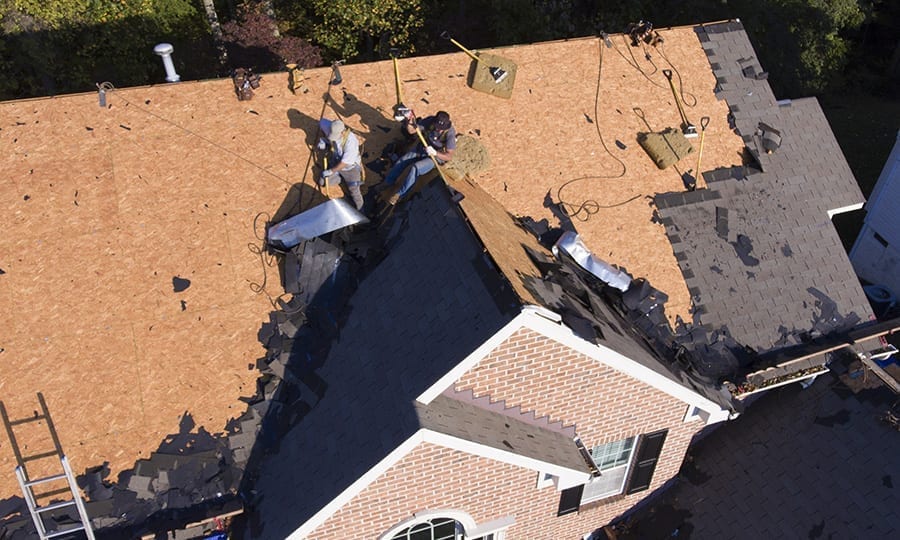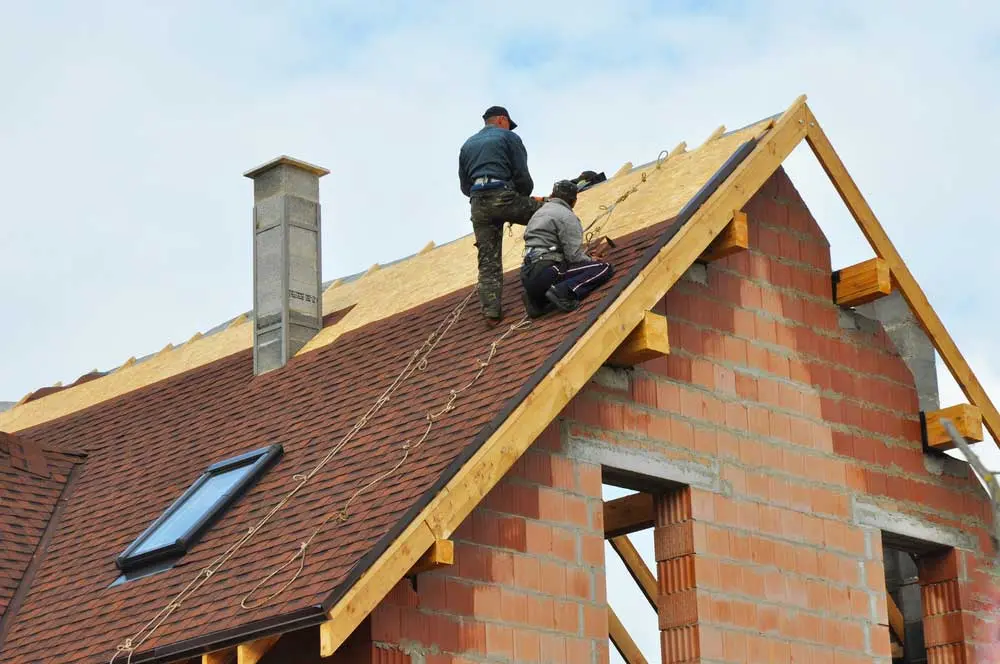Professional Roofer: Quality Workmanship for Your Roofing Needs
Professional Roofer: Quality Workmanship for Your Roofing Needs
Blog Article
Assessing the Ideal Roof Covering Materials for Replacement: A Comprehensive Analysis of Sturdiness, Expense, and Aesthetic Appeal
Choosing the best roofing product for replacement includes a cautious analysis of numerous crucial variables, consisting of durability, cost, and visual charm. Each option presents unique benefits and downsides; for example, asphalt shingles are affordable yet shorter-lived, while metal roofs assure longevity at a greater financial investment. Furthermore, the visual influence of materials like clay floor tiles can not be forgotten, despite their premium cost factor. Recognizing just how these components communicate can dramatically influence the decision-making process. As we discover these aspects even more, the ramifications for your particular scenario end up being progressively relevant.
Introduction of Roofing Products
As house owners increasingly prioritize resilience and energy efficiency, understanding the different roof covering products available for replacement becomes vital. The selection of roof covering materials straight influences not just the visual charm of a home yet additionally its long-lasting performance and maintenance prices.
Amongst the most common roof products are asphalt shingles, metal roof covering, and floor tile. Asphalt roof shingles are favored for their cost and ease of installment, making them a popular selection for numerous residential applications. Metal roofing, which includes products such as steel and light weight aluminum, supplies outstanding toughness and energy effectiveness, typically showing warm and reducing cooling prices. Floor tile roofing, typically made from clay or concrete, is treasured for its longevity and aesthetic appeal, offering a distinctive appearance that can improve a home's value.
Additionally, newer materials such as artificial tiles and green roof systems are gaining traction. Artificial choices mimic typical products while offering enhanced durability and lower maintenance demands. Eco-friendly roofing systems, which integrate greenery, add to power performance and biodiversity.
Longevity Assessment
When assessing roof covering materials for replacement, sturdiness is an important element that home owners need to take into consideration. The life expectancy and strength of roof materials straight affect long-lasting upkeep and replacement costs. Numerous materials show differing degrees of resilience, making it important to recognize their efficiency under ecological stressors.
Asphalt roof shingles, while prominent for their cost-effectiveness, generally last 15 to thirty years and might require more regular replacement as a result of degeneration from UV direct exposure and extreme weather condition. In contrast, steel roof covering offers exceptional toughness, with a life-span of 40 to 70 years and resistance to wind, fire, and insects. Furthermore, clay and concrete tiles can sustain harsh conditions, frequently lasting longer than 50 years, although their weight requires a durable architectural support group.

Cost Contrast
Considering the monetary implications of roof covering products is essential for home owners preparing a substitute. The cost of roofing products can vary significantly based upon variables such as material type, installation intricacy, and local rates distinctions.
Asphalt shingles are among one of the most cost-effective options, normally ranging from $90 to $100 per square (100 square feet), making them a prominent option for budget-conscious property owners. On the other hand, steel roof covering can cost between $250 and $700 per square, relying on the kind of metal and finish selected. While metal roofing systems often tend to have a higher ahead of time expense, their longevity and energy effectiveness might lead to cost savings in time.
Clay and concrete floor tiles are likewise on the greater end of the range, averaging between $300 and $600 per square. These materials provide resilience and aesthetic appeal yet require a substantial first financial investment.
Lastly, slate roof, known view it for its exceptional longevity and ageless look, can range from $600 to $1,500 per square, making it the most expensive alternative. Homeowners should consider the initial costs against the anticipated lifespan and maintenance requirements of each product to make an informed choice.
Visual Considerations
Visual factors to consider play an important role in picking roof materials, as the roofing system substantially impacts a wikipedia reference home's overall appearance and visual allure. Property owners often seek materials that match their building style and improve the visual appeal of their building. The shade, appearance, and profile of roofing products can considerably affect the general aesthetic.
Materials such as asphalt tiles supply a range of shades and styles, making them a preferred option for residential tasks. In contrast, metal roof covering provides a sleek, modern appearance and is readily available in countless surfaces that can suit modern designs. Traditional alternatives like clay ceramic tiles or slate can evoke a classic sophistication, attracting those that prefer timeless looks.
In addition, the combination of roof products with surrounding elements, such as siding and landscape design, is crucial. A cohesive shade scheme and unified structures can raise a home's outside and add to its value. Homeowners need to likewise think about exactly how the selected roofing product engages with natural light, as this can affect the roofing system's appearance throughout the day. Eventually, selecting cosmetically pleasing roof products requires cautious factor to consider of personal preference, building design, and the total vision for the home.
Final Recommendations
Choosing the best roofing product can considerably improve a home's resilience and aesthetic appeal. roofing contractor. Based on our analysis of sturdiness, price, and aesthetic elements, we recommend three key choices for home owners considering a roofing replacement
First of all, asphalt shingles stay the most preferred choice because of their cost and versatility. They offer an excellent balance of cost-effectiveness and protection, making them ideal for the majority of property applications. Nevertheless, property owners need to consider their durability, as they normally last 15 to three decades.

Finally, for those seeking an upscale visual, slate or tile roofing uses unequaled sophistication and longevity. Although these materials include a high cost, their life-span can go beyond 100 years, making them a worthwhile investment for high-end homes.
Inevitably, the most effective option will certainly depend on private budget plan, visual choices, and regional climate factors to consider. Home owners must seek advice from a roofing professional to evaluate their certain needs.
Verdict
Finally, picking the appropriate roof material demands a cautious examination of toughness, cost, and visual allure. Asphalt tiles supply an economical solution with moderate long life, while steel roofing masters resilience and power effectiveness. Clay and concrete floor tiles, although costlier, considerably improve visual charm and stand up to serious weather. Inevitably, the choice must straighten with specific budgets, style choices, and neighborhood climate variables, emphasizing the value of expert consultation for notified options.
Report this page